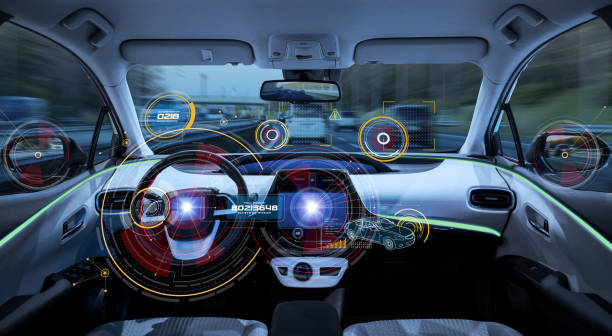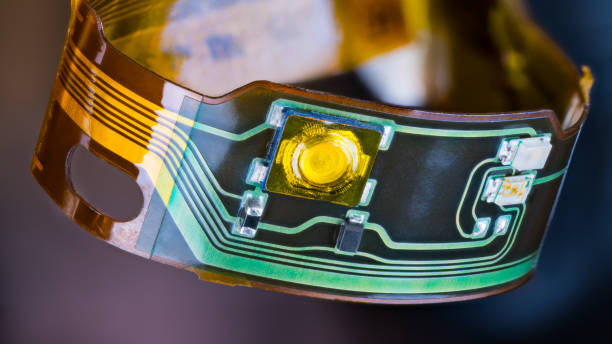The Legal Implications of Autonomous Vehicles: A New Era in Transportation Law
Introduction: Autonomous vehicles are no longer science fiction. As we edge closer to a driverless future, we must confront the burgeoning legal implications of these technological marvels. From liability issues to regulatory challenges, the advent of autonomous vehicles presents a unique paradigm shift in transportation law.

The Emergence of Autonomous Vehicles: A Historical Perspective
Autonomous vehicles, also known as self-driving cars, have seen rapid development in recent years. Their inception dates back to the mid-20th century with initial concepts of “driverless cars” appearing in science fiction. However, it wasn’t until the 1980s that serious research into autonomous driving technology began, with pioneers such as Carnegie Mellon University’s Navlab and ALV projects.
The past decade has seen an acceleration in autonomous vehicle technology, with tech giants like Google and traditional automakers such as Tesla and General Motors investing heavily in research and development. Today, autonomous vehicles are no longer a distant future concept but a burgeoning reality.
The Legal Quagmire: Liability and Autonomous Vehicles
The question of liability in accidents involving autonomous vehicles is a significant legal quandary. Under traditional vehicular laws, the driver is held accountable for any accident caused due to negligence or violation of traffic rules. However, in the case of autonomous vehicles, determining liability becomes complicated.
Is the manufacturer at fault for a technological failure? Or is the owner of the vehicle responsible, even if they were not in control of the vehicle at the time of the accident? These questions pose a significant challenge to existing legal frameworks and demand innovative solutions.
Regulatory Challenges: Setting the Rules for Autonomous Vehicles
Regulating autonomous vehicles presents another set of legal challenges. Currently, most traffic laws are predicated on the assumption of a human driver. However, autonomous vehicles, by their nature, challenge this assumption.
Therefore, new laws and regulations are needed to govern the operation of autonomous vehicles. These rules must address a range of issues, including safety standards, licensing requirements for autonomous vehicles, data collection and privacy, and the co-existence of autonomous and human-driven vehicles on the road.
The Impact on Society: A New Era in Transportation
The advent of autonomous vehicles will undoubtedly have profound societal implications. This technology promises to reshape our transportation system, potentially reducing traffic accidents, improving traffic flow, and increasing mobility for those unable to drive.
However, it also raises concerns about job losses in transportation-related occupations and the potential for increased surveillance due to the data collection capabilities of autonomous vehicles. As such, lawmakers must carefully consider these potential impacts when drafting legislation for autonomous vehicles.
Looking Ahead: Preparing for the Future of Autonomous Vehicles
As autonomous vehicles become an inevitable part of our future, our legal systems must adapt to this new reality. Lawmakers, attorneys, and legal scholars need to actively engage in discussions and research to effectively address the legal implications of autonomous vehicles.
This is not only a challenge but an opportunity to reform our legal systems, ensuring they remain relevant and effective in the face of rapid technological advancement. A proactive approach will allow us to harness the benefits of autonomous vehicles while mitigating their potential risks.
In conclusion, as we usher in the era of autonomous vehicles, we must navigate the complex legal landscape that comes with it. It will require a careful balance of innovation, regulation, and societal considerations to ensure a smooth and just transition into this new era of transportation.





